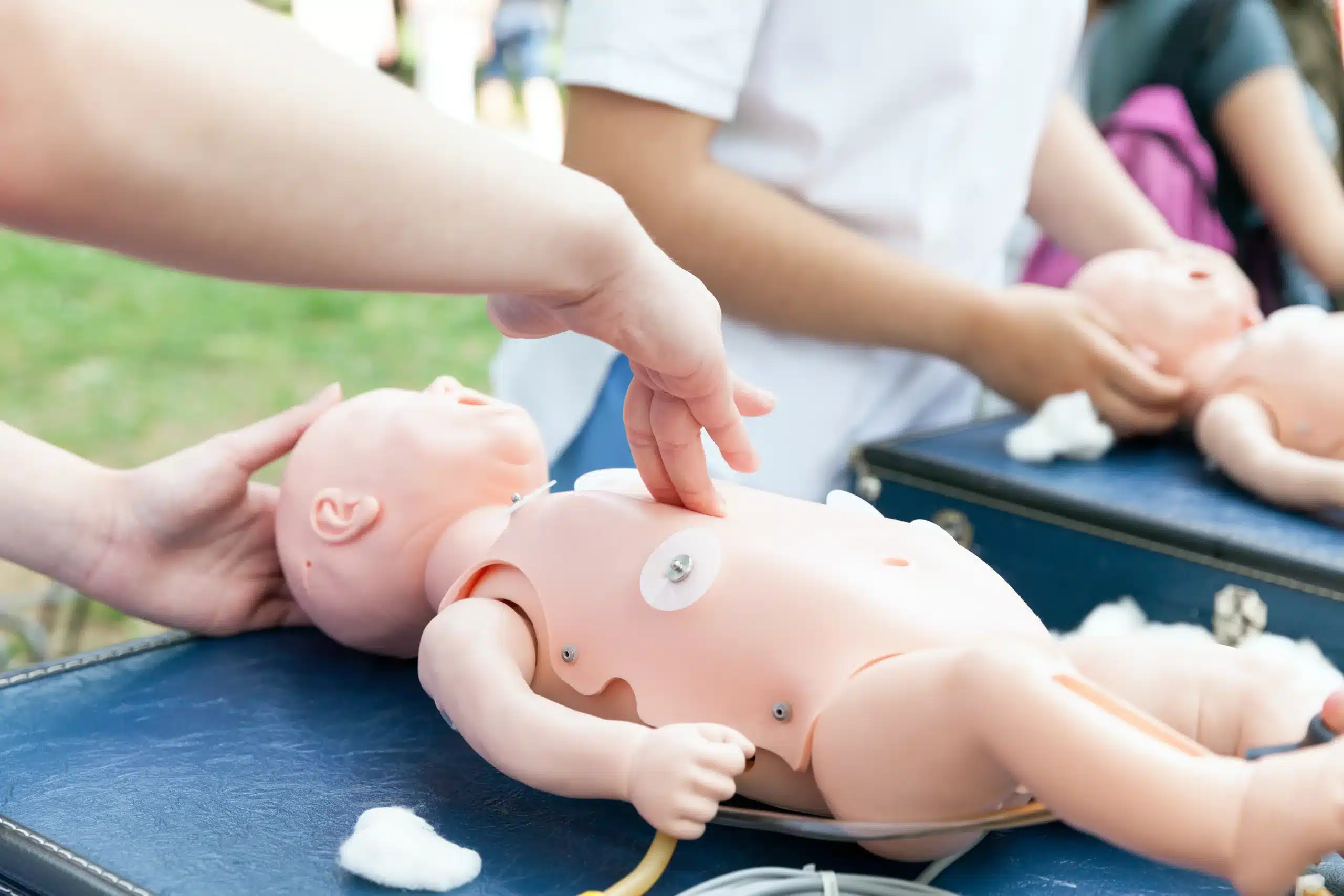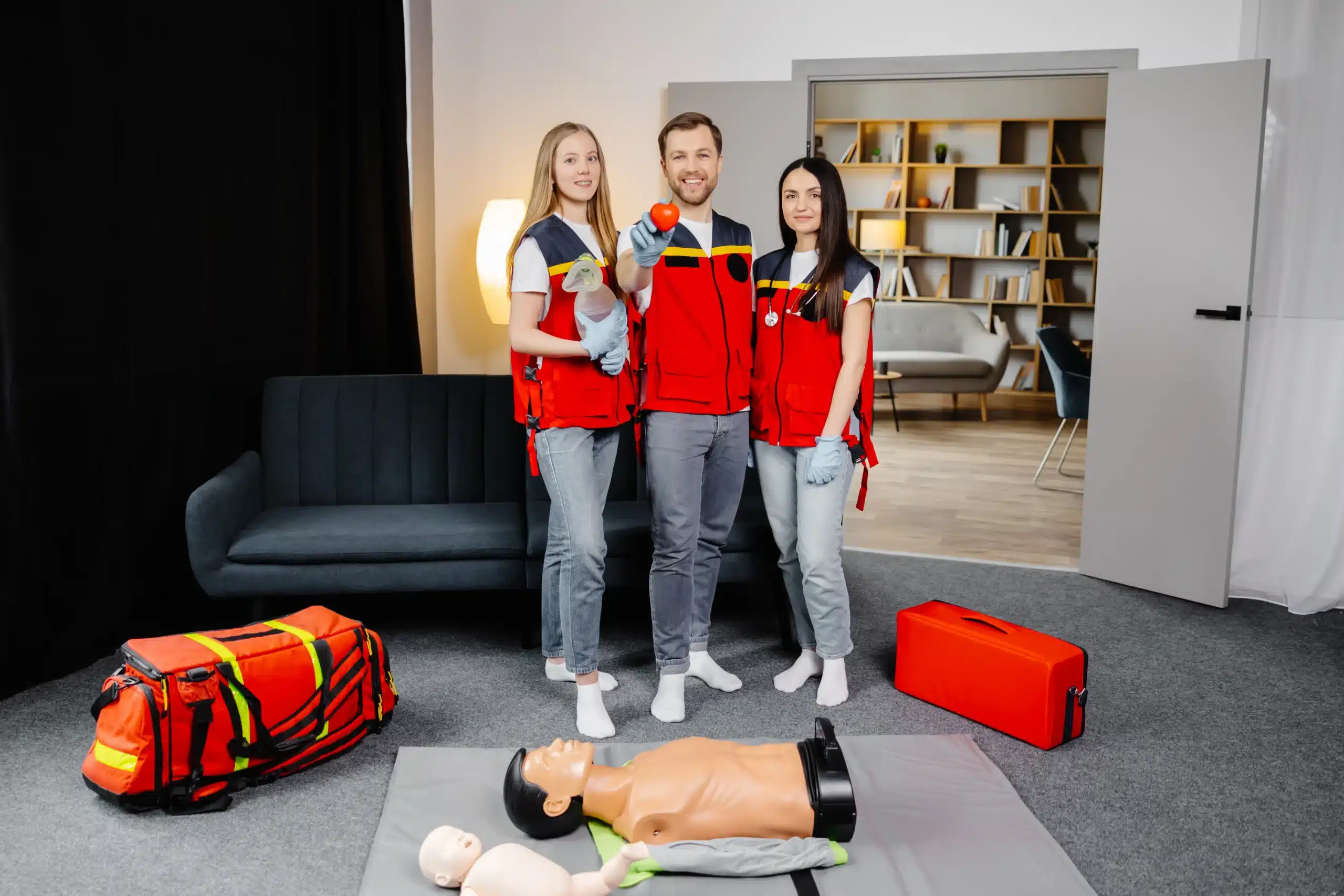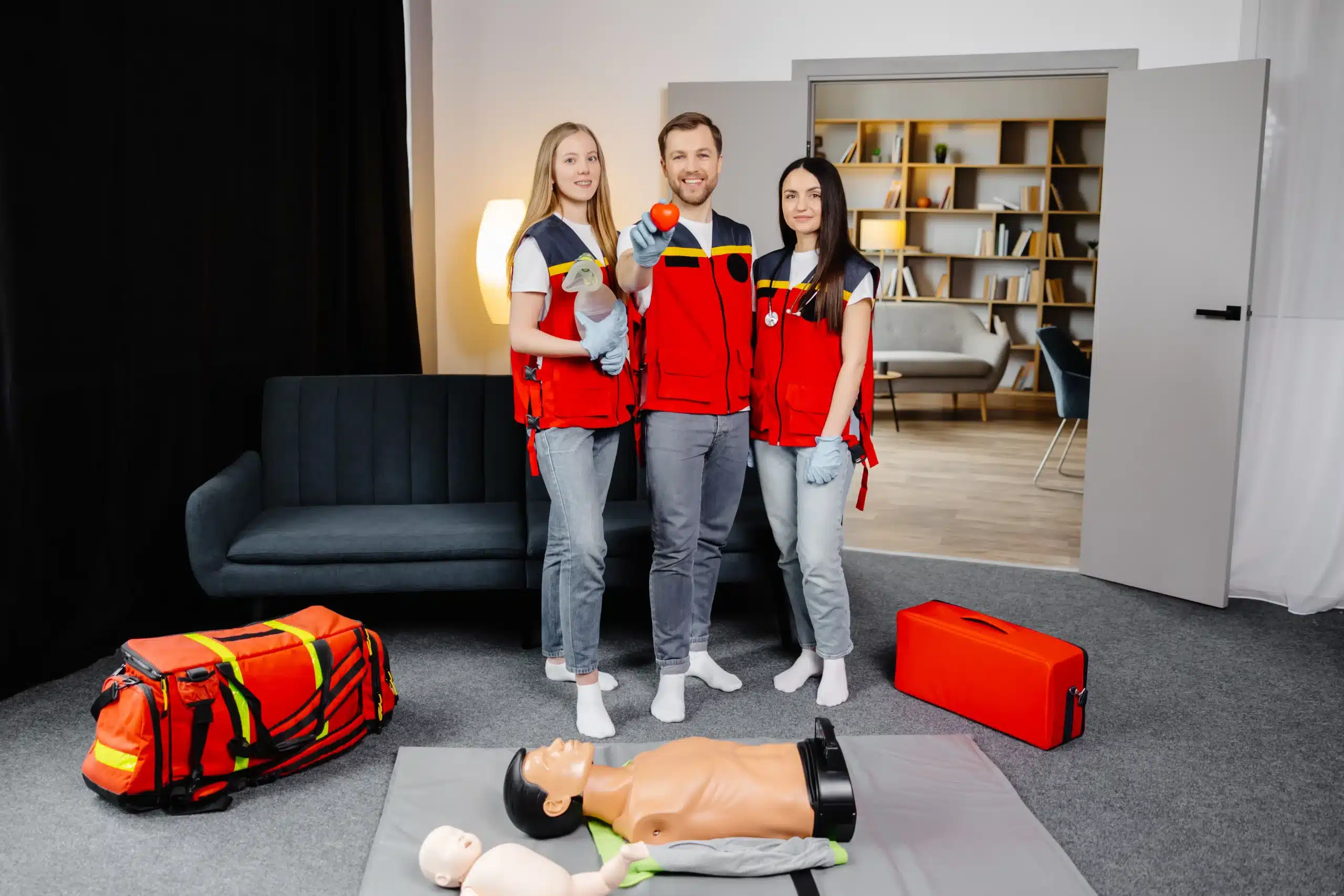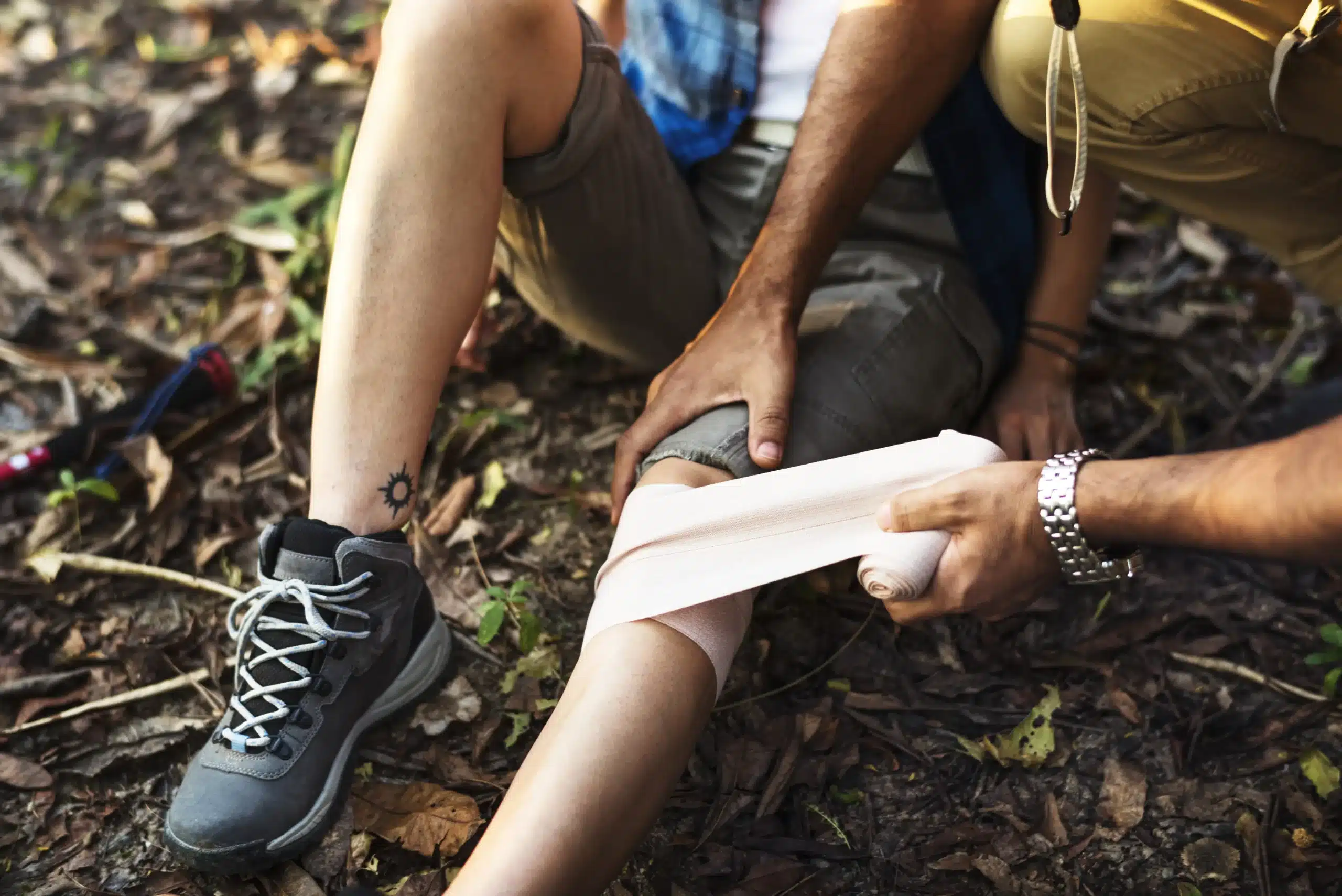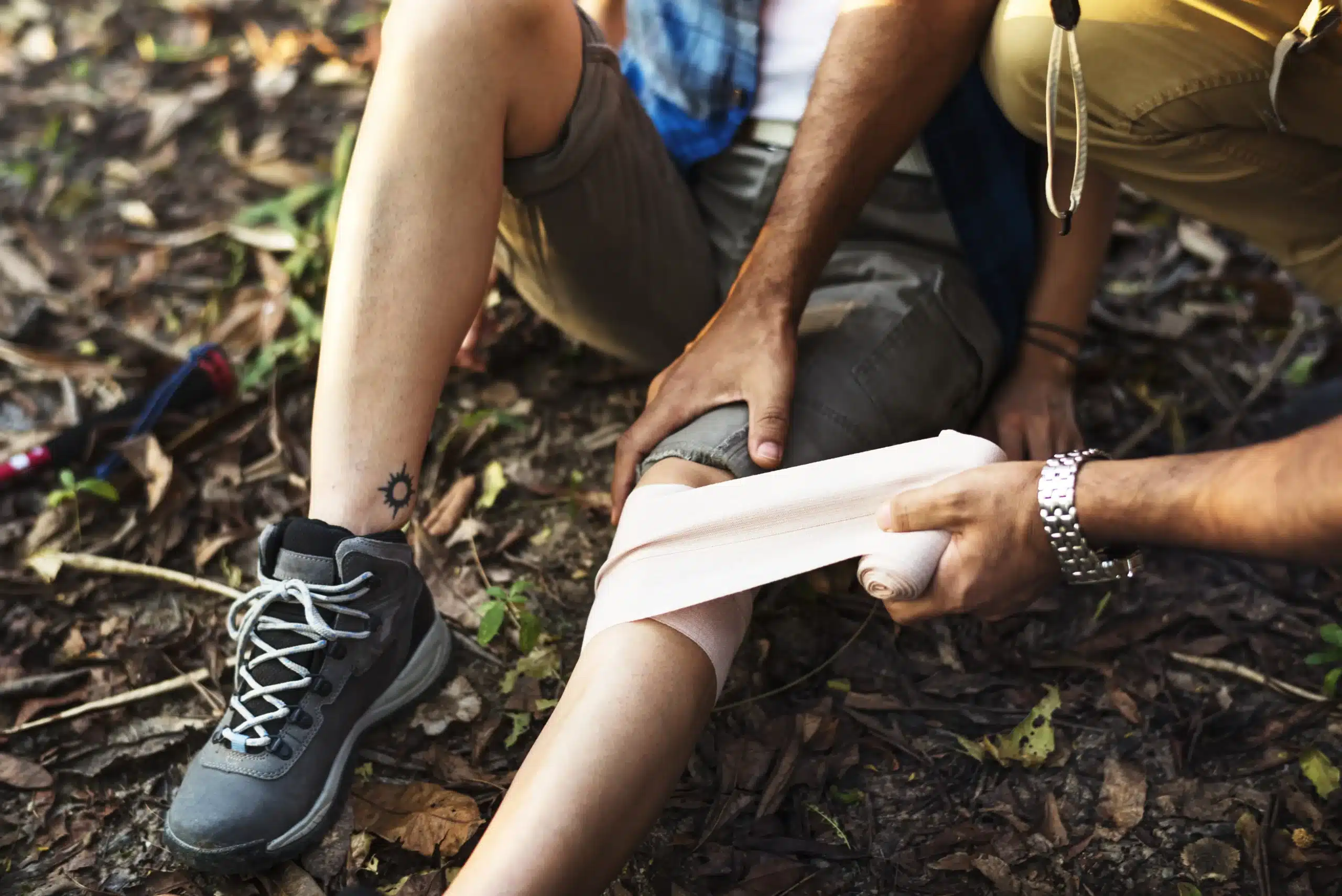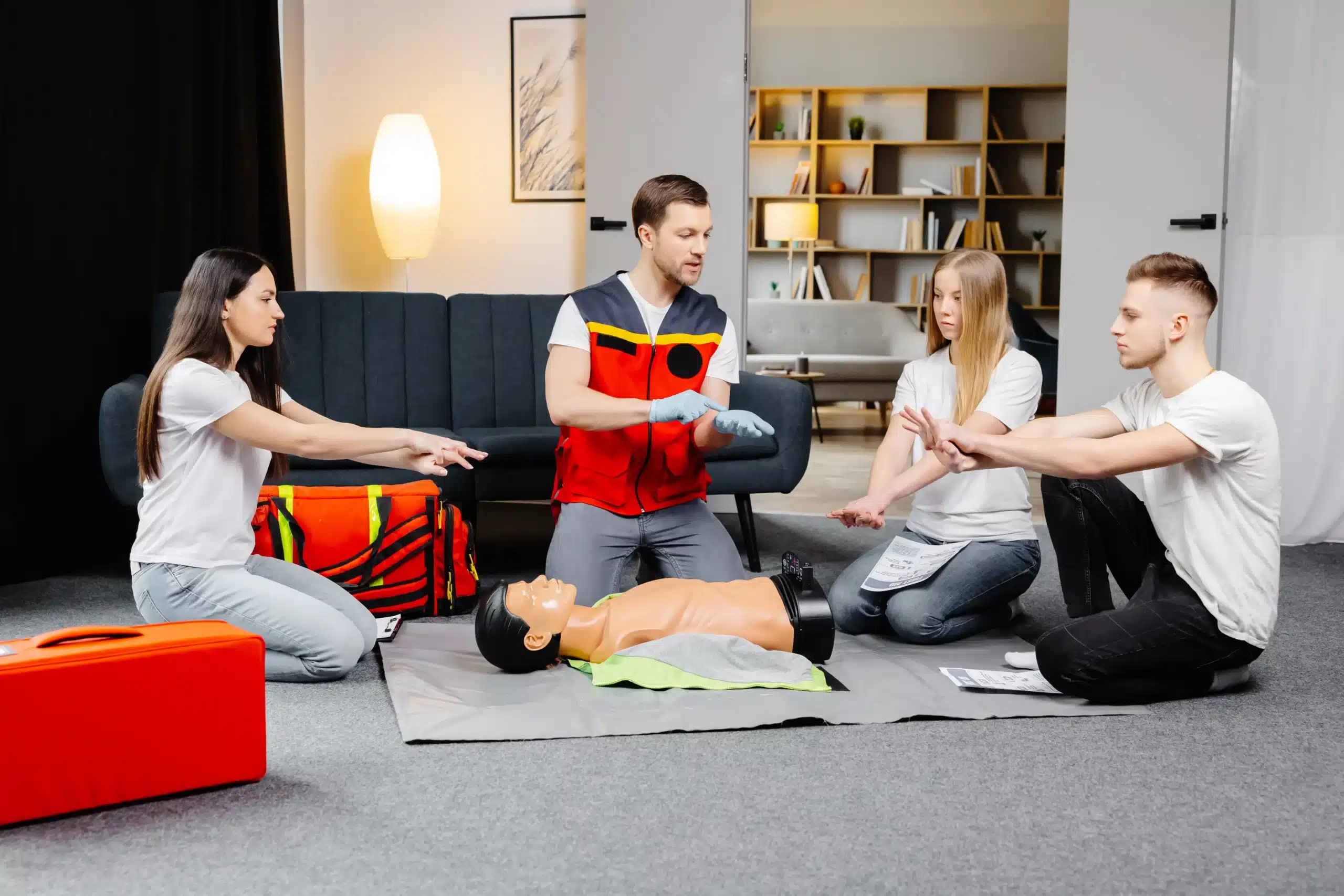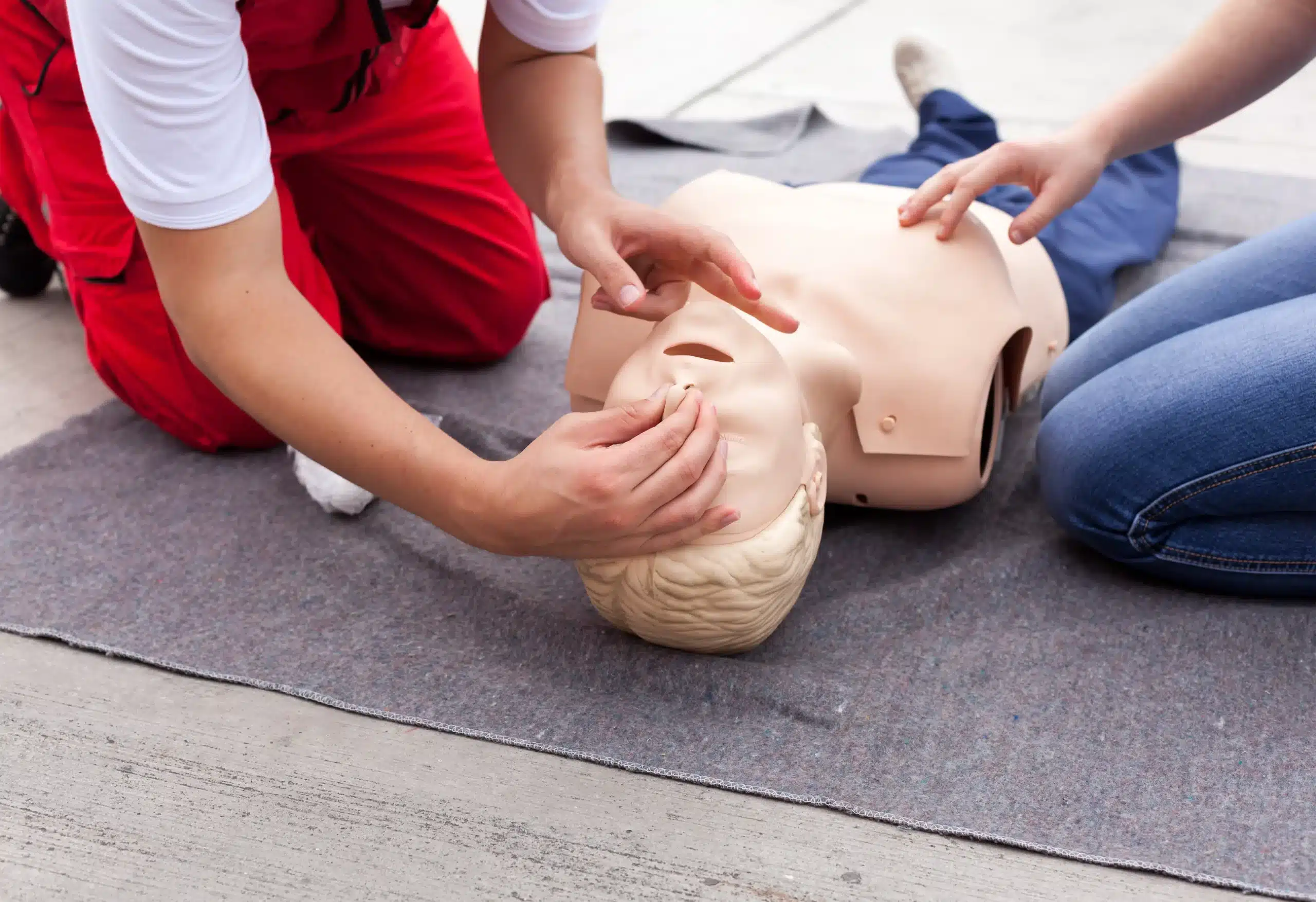Your BLS certification is more than just a requirement—it’s a commitment to being prepared for the unexpected. Whether you’re a healthcare provider, a lifeguard, or simply someone who wants to be ready to help in a crisis, keeping your BLS skills current is essential. But finding the right renewal course can be tricky. Searching for “BLS renewal near me” is a great start, but how do you choose the best provider and format for your needs? This guide will walk you through the process, offering insights into different learning options, what to expect during the course, and how to prepare for success. We’ll also discuss the value of BLS certification and how it empowers you to make a real difference in critical situations.
Key Takeaways
- Stay current with life-saving skills through BLS renewal. Choose a reputable provider like Safety Training Seminars or the American Heart Association and select a course format—online, in-person, or blended—that fits your schedule and learning style.
- Select a high-quality BLS renewal provider. Look for AHA accreditation, a solid reputation, experienced instructors, and comprehensive course materials.
- Prepare effectively for your BLS renewal. Review current guidelines, practice essential skills, and create a study plan. Maintain your skills after certification through regular review and practice to confidently respond to emergencies.
What is BLS Renewal?
BLS (Basic Life Support) renewal keeps your emergency care skills current, whether you’re a healthcare provider, lifeguard, fitness instructor, or another professional who needs these skills. It’s a critical certification for responding to cardiac emergencies and other life-threatening situations—think of it as a tune-up to keep you ready to act.
BLS certification is generally valid for two years. To stay up-to-date with the latest guidelines and techniques from the American Heart Association, you’ll need to renew your certification. This ensures you’re always equipped to provide the best possible care during an emergency. Keep in mind, there’s no grace period after expiration, so make sure you renew promptly. Save A Life CPR offers helpful information on the renewal process. Typically, you’ll complete a course (online or in-person), pass an exam, and receive a new certification card. Many providers understand busy schedules and offer flexible learning options, so finding a format that fits your needs is easier than ever.
Find the Best BLS Renewal Providers Near You
So, your BLS certification is about to expire—what next? Don’t worry, renewing is straightforward. Finding the right provider is the first step. This section will guide you through identifying reputable BLS renewal providers and what to look for when making your decision.
Top BLS Renewal Providers
Several well-regarded organizations offer BLS renewal courses. Here are a few options to explore:
Safety Training Seminars
If you’re in Napa, California, Safety Training Seminars offers various American Heart Association (AHA) certified courses, including BLS, ACLS, and PALS. They focus on excellent customer service and competitive pricing for the Napa County area.
American Heart Association
The AHA provides numerous ways to renew your BLS card, both in person and online. Their blended learning approach combines online coursework with essential hands-on practice.
American Red Cross
The American Red Cross offers easily accessible BLS recertification classes online and in person. They’ve been a trusted source for training programs for over a century.
Local CPR Training Centers
Don’t overlook local options! Many CPR training centers offer BLS renewal courses. A quick search for “BLS renewal near me” can uncover convenient options. Word-of-mouth can also be helpful; ask colleagues or friends who have recently renewed their certifications for recommendations.
Evaluate Provider Reputation and Quality
Beyond simply finding a provider, it’s crucial to choose one with a solid reputation and high-quality training. Always confirm the provider is AHA-accredited. A good BLS renewal provider offers more than just a course completion card; they provide comprehensive training that prepares you to confidently respond to real-life emergencies. Consider factors like instructor experience, course materials, and the balance of online learning versus in-person skills practice. Think about what works best for you—the flexibility of online learning or the hands-on experience of a traditional classroom setting.
Choose the Right BLS Renewal Course Format
When it’s time to renew your BLS certification, you’ll find a few different learning formats. Understanding the pros and cons of each will help you choose the best fit for your learning style and schedule.
Online Courses: Flexibility and Convenience
Online BLS renewal courses offer maximum flexibility. You can study at your own pace, anytime, anywhere, making them perfect for busy professionals or those with unpredictable schedules. This format is also convenient for people who don’t live near a training center. Plus, online courses are often more affordable than in-person classes, as noted by Affordable ACLS. Just keep in mind, you’ll usually still need an in-person skills check.
In-Person Training: Hands-On Experience
In-person BLS renewal classes provide a structured learning environment with direct interaction with an instructor. The hands-on practice and real-time feedback are invaluable for mastering essential BLS skills. While online learning is known for convenience, in-person training can also offer efficient scheduling with focused sessions, as highlighted by PALS St. Louis. This allows you to complete your renewal efficiently, often in a single day.
Blended Learning: The Best of Both Worlds
Blended learning combines the best of online and in-person training. You’ll typically complete the cognitive portion of the course online at your own pace, then schedule a short in-person session to demonstrate your skills. The American Red Cross offers this format, allowing you to learn the material independently and then get personalized feedback.
Factors to Consider When Selecting a Format
Choosing the right BLS renewal format depends on several factors. Think about how you learn best—do you thrive in a structured classroom or prefer self-paced learning? Consider your availability and how much time you can dedicate to studying. Also, check if your employer or certifying body has specific requirements for the format of your BLS renewal course, as discussed in this Medium article.
Renew Your BLS Certification: A Step-by-Step Guide
Renewing your Basic Life Support (BLS) certification is straightforward. This guide breaks down the steps so you can stay current with your life-saving skills. We’ll cover everything, from eligibility requirements to what to expect during your renewal course.
Eligibility and Prerequisites
Before jumping into a renewal course, ensure you’re eligible. Generally, you’ll need a current BLS certification from a recognized provider like the American Heart Association (AHA) or the American Red Cross. Some providers allow renewals if your certification recently expired (within 30 days). Check with your chosen provider, like Safety Training Seminars, or visit the American Red Cross website for specific requirements. This prerequisite ensures you’re building on a solid foundation.
Enroll in a BLS Renewal Course
Once you’ve confirmed your eligibility, find a BLS renewal course. Safety Training Seminars offers various options, including convenient online courses and in-person training. Consider your learning style and schedule when making your choice. Save A Life CPR offers helpful tips on choosing the right course format.
Course Duration and Time Commitment
BLS renewal courses are designed to be efficient, typically taking about three hours to complete. This includes hands-on skills practice and an exam. The American Heart Association provides details on course options and their duration. Knowing the time commitment upfront helps you plan.
Get Certified: Process and Validity
The certification process is simple. After completing your course and passing the assessments, you’ll receive a renewed BLS certification card. This certification is usually valid for two years, after which you’ll need to renew again. Resources like Save A Life CPR offer overviews of the process. Keeping your certification current ensures you’re always prepared to help.
What to Expect in Your BLS Renewal Course
Getting ready to renew your BLS certification? Here’s a glimpse of what awaits you, from the skills you’ll refine to the training methods you’ll experience.
Key Topics and Skills
BLS renewal courses cover core life-saving techniques. You’ll review high-quality CPR for adults, children, and infants, including how to recognize the signs of a heart attack and stroke. The course also reinforces the importance of teamwork and communication during emergencies. Expect to practice using an AED (automated external defibrillator) and learn proper techniques for relieving choking. BLS courses in Napa emphasize practical training, giving you plenty of opportunities to hone these essential skills.
Updated Guidelines and Techniques
Healthcare evolves, and so do best practices. Your BLS renewal course will cover the latest guidelines from the American Heart Association, ensuring your skills are current. These updates are crucial for healthcare providers, allowing them to contribute effectively to emergency care.
Interactive Simulations and Scenario-Based Training
Many BLS renewal courses use interactive simulations and scenario-based training to create realistic emergency situations. This immersive approach helps you apply your knowledge and make quick decisions under pressure. Hands-on classes in a supportive environment allow you to practice your skills and build confidence.
Assessments and Exam Requirements
To earn your renewed BLS certification, you’ll need to demonstrate your skills and knowledge. This typically involves a written exam and a practical skills test. The BLS renewal course takes approximately three hours to complete, including skills practice and testing. Your instructor will guide you through the process and provide feedback to help you succeed.
BLS Renewal Costs and Value
Knowing the cost of BLS renewal and the value it provides helps you budget effectively and prioritize this essential training. Let’s break down the expenses involved and why this investment is worthwhile.
Average Prices for Different Formats
BLS renewal courses typically cost around $75, though prices can differ based on your location and the training provider. This cost often doesn’t include the course manual, which can be an additional $20, especially if you need a replacement. For a general idea of BLS renewal course pricing, take a look at ShowMeCPR.
Discounts, Promotions, and Group Rates
Many training centers offer discounts and promotions to make BLS renewal more accessible. Check out resources like American BLS which often have updated promo codes for various courses, including BLS. If you’re renewing with a group or need multiple certifications, consider providers like CPR123 that offer bundled course packages at reduced rates. This can be a smart way to save on combined training.
Additional Costs (Materials, Certification Fees)
Beyond the course fee itself, factor in potential extra costs. As mentioned, the study manual is often a separate expense. Some providers might also charge certification fees, so clarify all costs upfront when you register. ShowMeCPR offers a helpful breakdown of BLS renewal courses and potential additional expenses.
Long-Term Value of BLS Certification
BLS certification is a valuable investment with long-term benefits, equipping you with life-saving skills applicable in various professional and personal settings. Regular BLS recertification ensures your skills are current and you can respond effectively in emergencies. This ongoing preparedness benefits not only you but also your community. Think of BLS recertification as maintaining a critical skill set, much like staying up-to-date with any professional license or training.
Prepare for BLS Renewal Success
Getting ready for your BLS renewal doesn’t have to be stressful. With the right approach, you can confidently refresh your skills and knowledge. Here’s how to prepare:
Recommended Study Materials and Resources
Familiarizing yourself with current guidelines and best practices is key to a smooth renewal process. The American Heart Association’s BLS Provider Handbook is an excellent resource for brushing up on essential concepts. Many providers, like Safety Training Seminars, also offer student workbooks and online materials to supplement your learning. Don’t forget to check if your chosen course uses specific materials, like the Red Cross BLS Handbook, so you can study the most relevant information.
Practice BLS Skills Effectively
Hands-on practice is essential for mastering BLS techniques. BLS courses often emphasize practical training, providing opportunities to practice CPR, AED use, and other critical skills. Consider finding a study buddy to practice with—you can take turns performing compressions and giving feedback. Even practicing on a mannequin can significantly improve your muscle memory and reaction time.
Tips to Overcome Common Challenges
One common challenge is time management. Life gets busy, but scheduling dedicated study time, even in short bursts, can make a big difference. Create a realistic study plan that fits your schedule. Another hurdle can be test anxiety. Remember, the goal is to refresh your skills and ensure you’re prepared to help in an emergency. Focus on the practical application of the material, and visualize yourself confidently performing BLS. Reviewing common mistakes can also help you avoid errors during your renewal course.
Maintain Your Skills After Certification
Your BLS renewal isn’t the finish line—it’s a stepping stone to maintaining vital life-saving skills. Regularly review key concepts and consider practicing your skills periodically. Staying updated with the latest guidelines is also crucial. Subscribe to relevant newsletters or follow organizations like the American Heart Association to stay informed about any changes. Regular review can help you stay on track with maintaining your certification. Consistent practice is the best way to ensure you’re always ready to respond effectively in an emergency.
Related Articles
- BLS Renewal in American Canyon: Your Easy Guide – Napa CPR Classes
- BLS Recertification Near Me: Your Complete Guide – Napa CPR Classes
- BLS for Healthcare Providers in American Canyon – Napa CPR Classes
- Online BLIS Classes in Napa: Your Guide – Napa CPR Classes
- BLS Courses in Napa: Find the Right Fit For You – Napa CPR Classes
Frequently Asked Questions
How often do I need to renew my BLS certification? BLS certification is typically valid for two years. To maintain your skills and stay up-to-date with the latest guidelines, you’ll need to renew every two years.
What’s the difference between online and in-person BLS renewal courses? Online courses offer flexibility, allowing you to learn at your own pace and on your own schedule. In-person classes provide a structured environment with direct instructor interaction and hands-on practice. Blended learning combines the benefits of both, offering online coursework followed by an in-person skills assessment.
How much does BLS renewal cost? The cost of BLS renewal varies depending on the training provider and course format, but it generally averages around $75. There might be additional costs for study materials or certification fees, so it’s always best to check with the specific provider. Look for potential discounts, promotions, or group rates to help make the training more affordable.
What if my BLS certification has already expired? Some providers allow you to renew even if your certification has recently expired, often within a short grace period (e.g., 30 days). It’s best to contact your chosen provider directly to confirm their policy on expired certifications. They can guide you on the best course of action to reinstate your BLS credentials.
How can I prepare for my BLS renewal course? Review the latest BLS guidelines and practice your skills, especially CPR and AED use. Using a study guide or handbook can be beneficial, and practicing with a friend or family member can make the process more engaging and effective. Many providers also offer online resources and practice materials to help you prepare.
